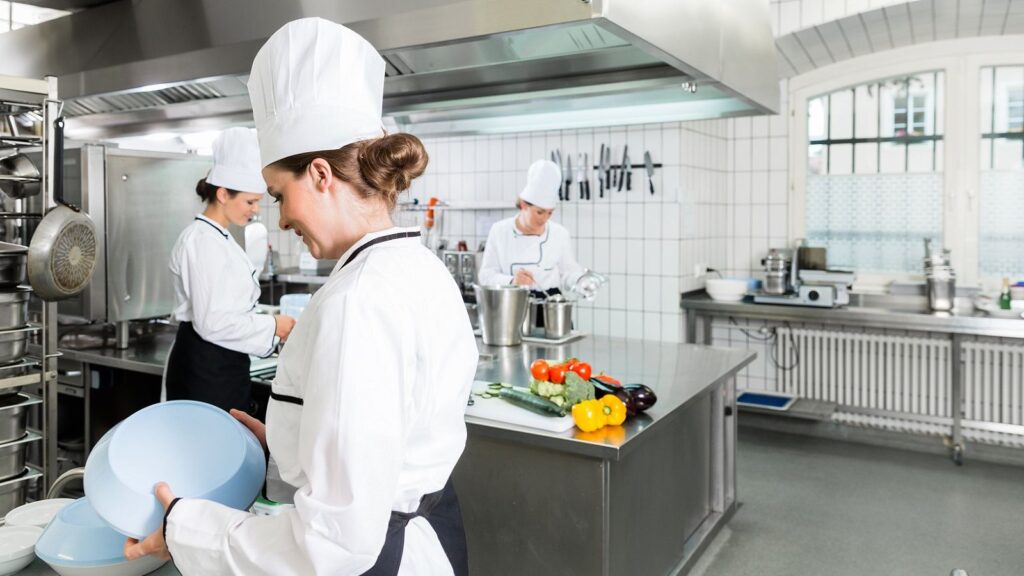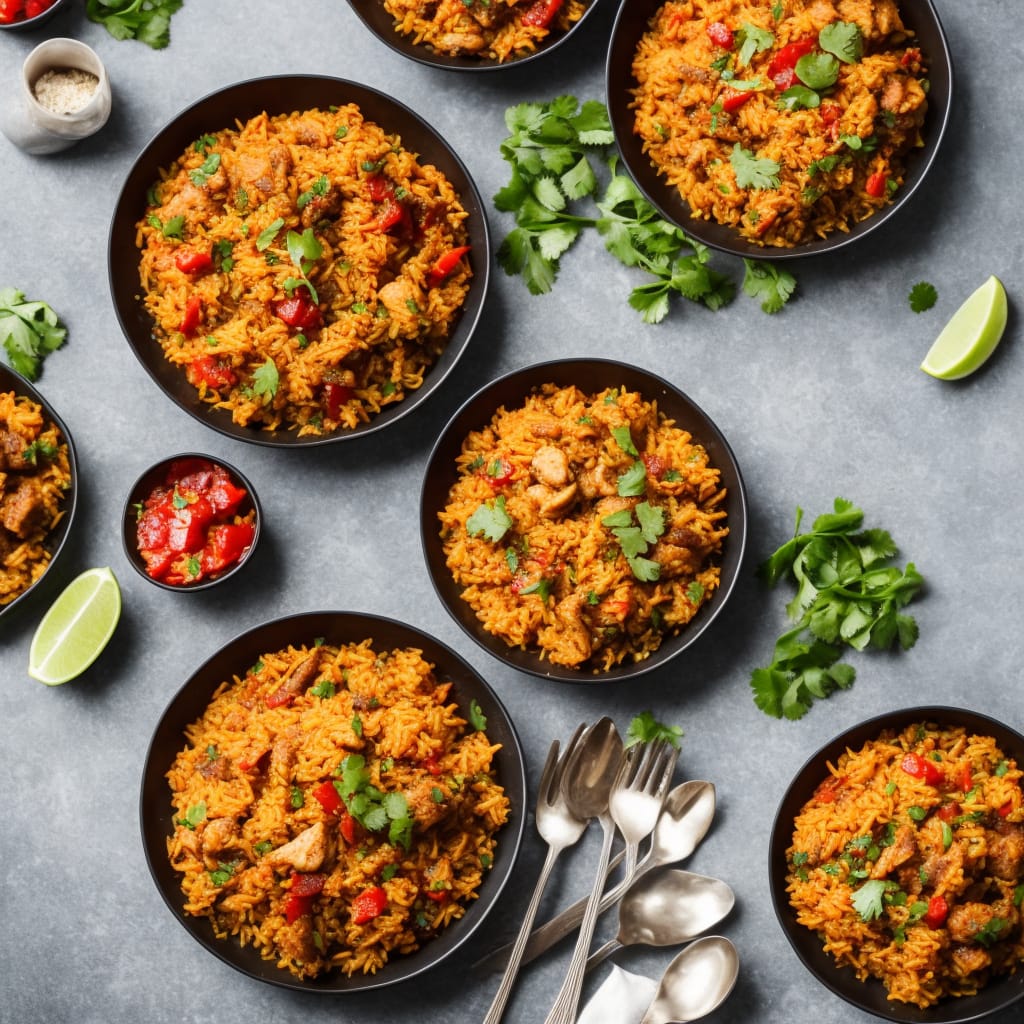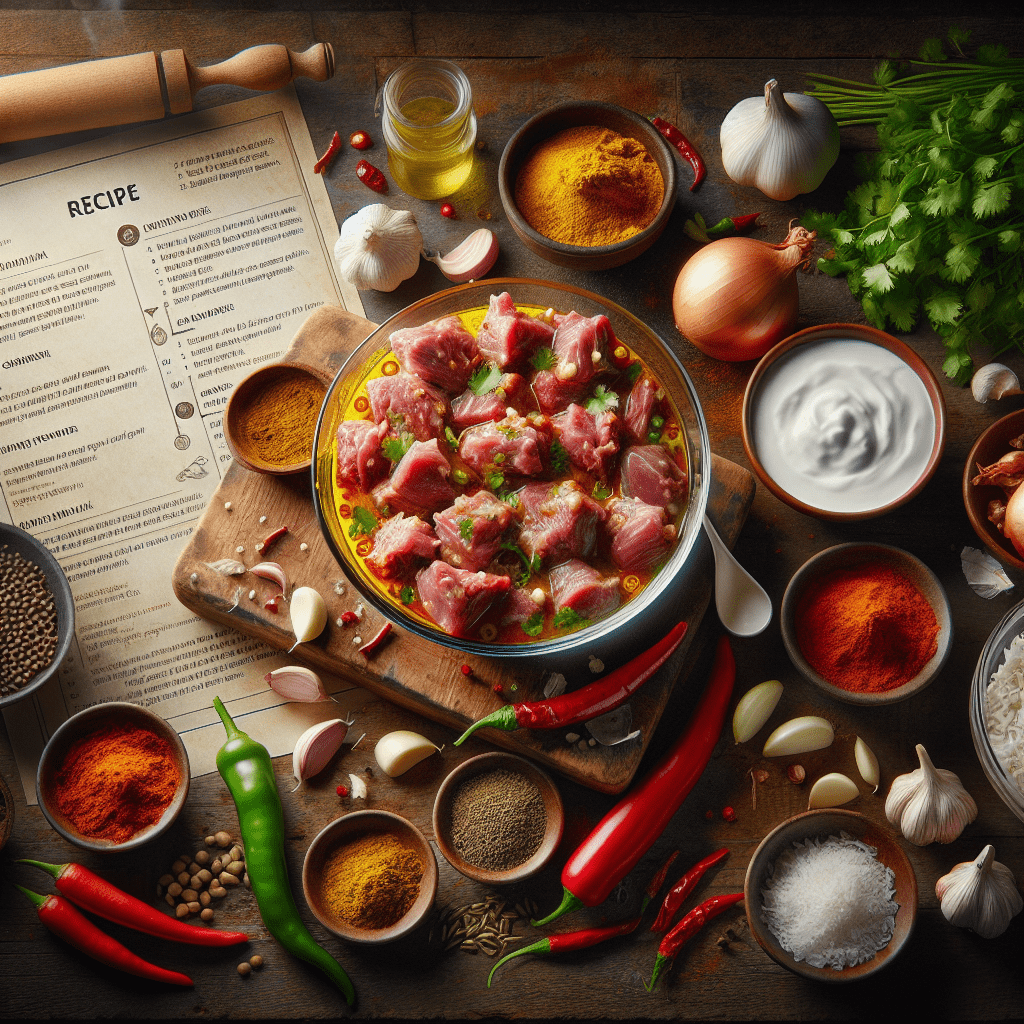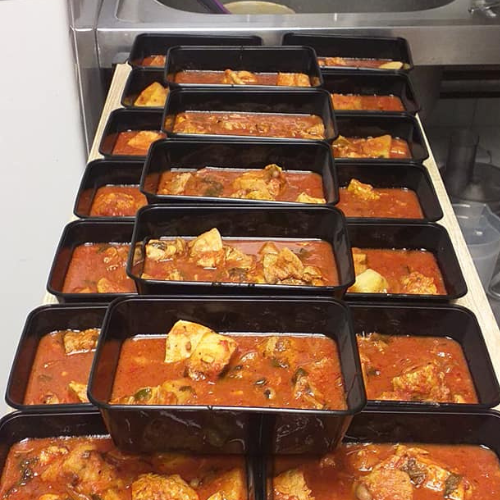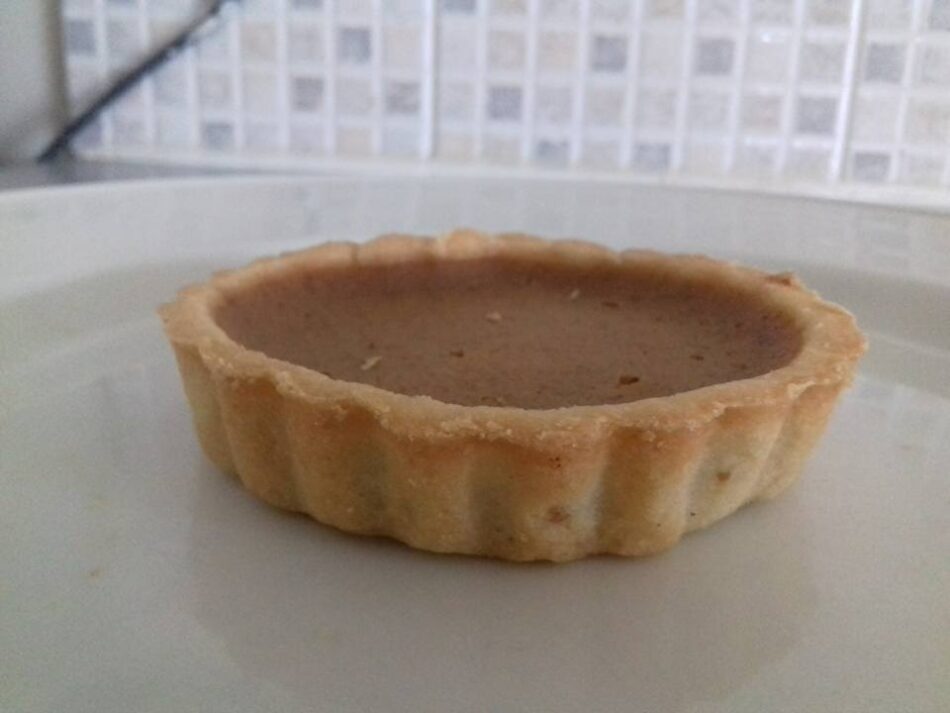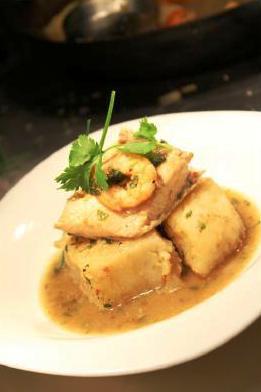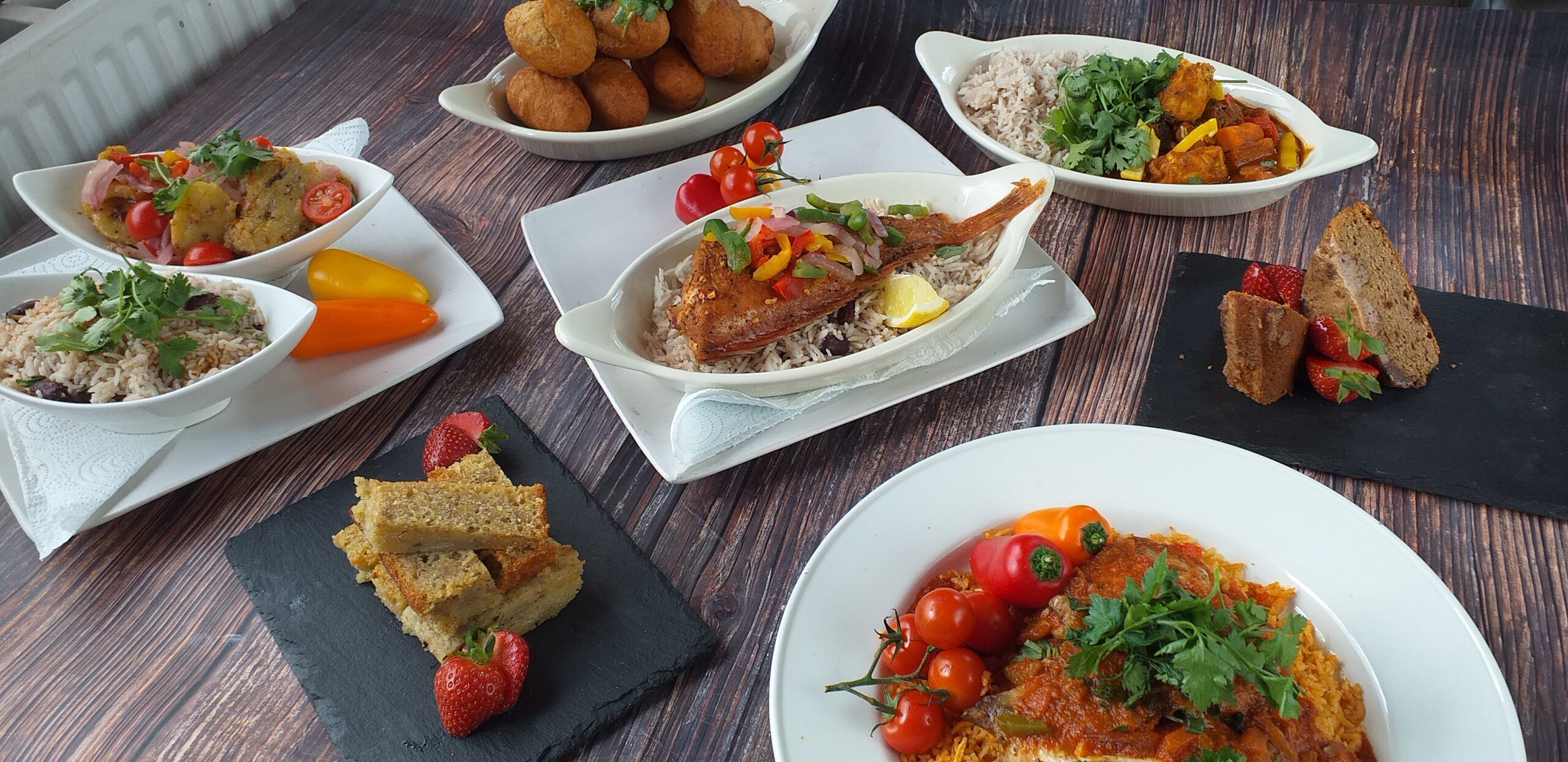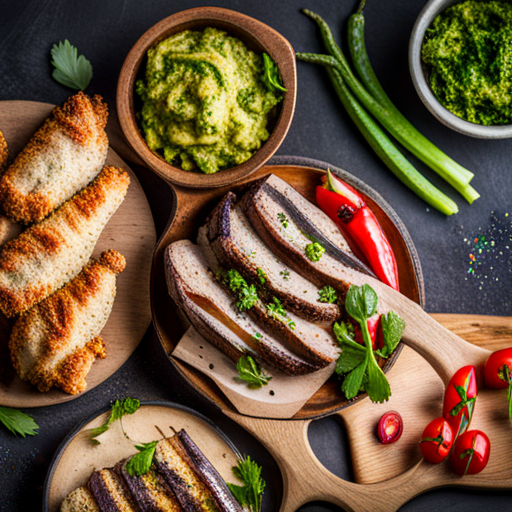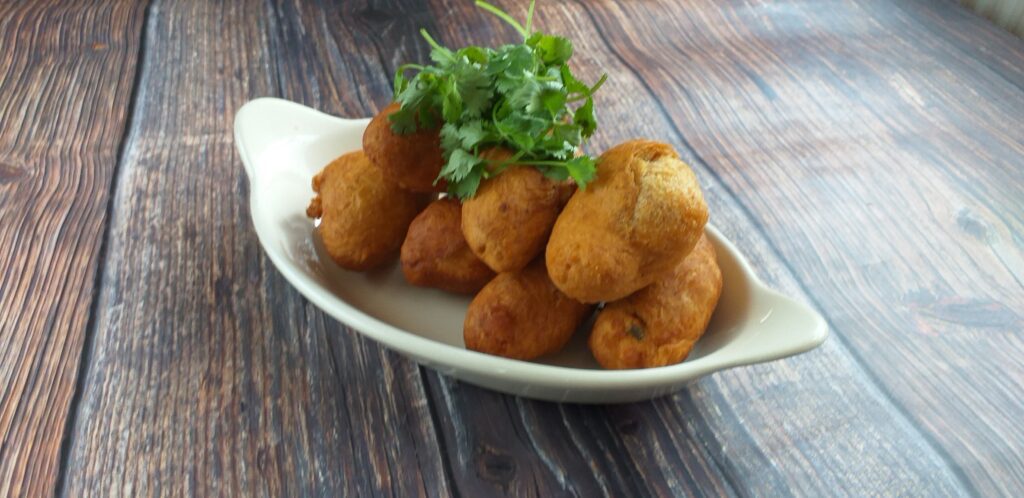
Elevation The importance of food presentation through food plating aesthetics
Are you ready to embark on a culinary journey that combines flavor and aesthetics? Look no further than the vibrant and diverse world of Caribbean cuisine, where the artistry of plating takes center stage. In this article, we will explore how the creative presentation of Caribbean dishes elevates the dining experience and showcases the rich culture and history of the region.
The importance of food presentation in Caribbean cuisine
Caribbean cuisine is a melting pot of flavors, influenced by African, European, and Indigenous cultures. The bold and vibrant flavors of dishes like jerk chicken, callaloo, and ackee and saltfish have made Caribbean food popular worldwide. However, it is not just the taste that sets these dishes apart; it’s the way they are presented on the plate that truly makes them stand out.
In Caribbean culture, food is not just sustenance; it is a celebration of life, family, and community. Plating a dish with care and attention to detail is an integral part of this celebration. The art of food presentation in Caribbean cuisine reflects the region’s vibrant spirit, showcasing the beauty of its ingredients and paying homage to its diverse cultural heritage.
Understanding the principles of food plating aesthetics
To truly appreciate the artistry of food plating in Caribbean cuisine, it’s essential to understand the principles that guide this creative process. The first principle is balance. The arrangement of elements on the plate should create a sense of harmony, both visually and in terms of flavors and textures. A well-balanced plate will have a variety of colors, shapes, and sizes, creating a visually appealing composition.
Another important principle is contrast. Contrasting flavors, textures, and colors add interest and excitement to a dish. In Caribbean cuisine, this can be achieved by pairing sweet and savory flavors, combining soft and crunchy textures, or using a mix of bright and muted colors. The contrast not only creates visual appeal but also enhances the overall dining experience, as each bite becomes a delightful exploration of flavors and textures.
Tools and techniques for elevating food presentation
To achieve visually stunning plates, Caribbean chefs employ a range of tools and techniques. One such technique is layering. By building layers of flavors and textures, chefs create depth and complexity in their dishes. This can be done by stacking ingredients or using different components to create a multi-dimensional experience.
Garnishing is another essential technique used in Caribbean food plating. Fresh herbs, edible flowers, and colorful sauces can add a pop of color and freshness to a dish. Garnishes not only enhance the visual appeal but also provide additional flavors and aromas that complement the main components of the dish.
Incorporating vibrant colors and textures in Caribbean dishes
Caribbean cuisine is known for its vibrant colors and bold flavors, and these characteristics are reflected in the plating aesthetics. From the vibrant reds of ripe tomatoes to the bright yellows of tropical fruits, the use of vibrant colors adds visual excitement to each plate. Chefs often incorporate colorful vegetables, fruits, and spices to create eye-catching displays.
In addition to colors, textures play a crucial role in food presentation. Caribbean cuisine offers a variety of textures, from crispy plantains to tender braised meats. Combining different textures on the plate not only adds visual interest but also creates a more dynamic and satisfying eating experience.
Balancing flavors and textures for a visually appealing plate
When it comes to food plating, it’s not just about aesthetics; it’s also about creating a harmonious balance of flavors and textures. Each component on the plate should complement and enhance the others, creating a cohesive and well-rounded dish.
For example, a spicy jerk chicken dish can be balanced with a cooling cucumber and mint salad. The heat from the chicken is offset by the refreshing flavors of the salad, creating a harmonious combination. Similarly, a rich and creamy coconut curry can be paired with crispy fried plantains to add texture and contrast to the dish.
Showcasing local ingredients and traditional cooking methods
One of the unique aspects of Caribbean cuisine is its emphasis on using local ingredients and traditional cooking methods. This commitment to showcasing the region’s culinary heritage is also reflected in the art of food plating.
Caribbean chefs take pride in using fresh and seasonal ingredients, often sourced from local farmers and fishermen. These ingredients are then transformed into visually stunning dishes that pay homage to the region’s rich cultural heritage. Whether it’s a beautifully plated seafood ceviche or a colorful fruit salad, each dish tells a story of the Caribbean’s diverse culinary traditions.
Incorporating artistic elements in food plating
Food plating in Caribbean cuisine goes beyond just arranging ingredients on a plate; it is a form of artistic expression. Chefs often incorporate artistic elements to elevate the visual appeal of their dishes.
For example, they may use intricate garnishes to create patterns or designs on the plate. Edible flowers, microgreens, and herbs are often used to add a touch of elegance and beauty. Additionally, chefs may employ unique serving vessels or creative plating techniques to create a memorable dining experience.
Inspiring examples of Caribbean cuisine with creative food presentation
To truly appreciate the artistry of food plating in Caribbean cuisine, let’s explore some inspiring examples:
- Callaloo and Saltfish: A traditional Caribbean dish, callaloo and saltfish is often presented as a vibrant green puree served alongside flaky salted cod. The contrasting colors and textures make for an eye-catching plate that is as visually appealing as it is delicious.
- Coconut Shrimp: This dish showcases the use of vibrant colors and contrasting textures. Succulent shrimp coated in a crispy coconut crust are presented on a bed of tropical fruit salsa, creating a visually stunning plate that transports you to the Caribbean.
- Mango and Avocado Salad: This refreshing salad combines the sweetness of ripe mangoes with the creaminess of avocado. The bright colors of the mango and the vibrant green of the avocado create a visually appealing plate that is perfect for a summer day.
Conclusion: Elevating Caribbean cuisine through food plating aesthetics
The artistry of food plating in Caribbean cuisine is a testament to the region’s vibrant culture and rich culinary heritage. By employing techniques such as layering, garnishing, and colorful arrangements, chefs bring a visual feast to the table, enticing diners to indulge all their senses. The creative presentation of Caribbean dishes not only enhances the dining experience but also showcases the beauty and diversity of the region’s ingredients and cooking methods.
So, the next time you sit down to savor a plate of Caribbean delicacies, take a moment to appreciate the artistry that goes into each dish. Let the flavors transport you to an island paradise, while the visually stunning presentation dazzles your eyes. Caribbean cuisine truly brings culinary artistry to the table, making every meal a celebration of flavor and aesthetics.
Now, it’s time to explore the vibrant world of Caribbean cuisine and elevate your own culinary creations with the art of food plating.
